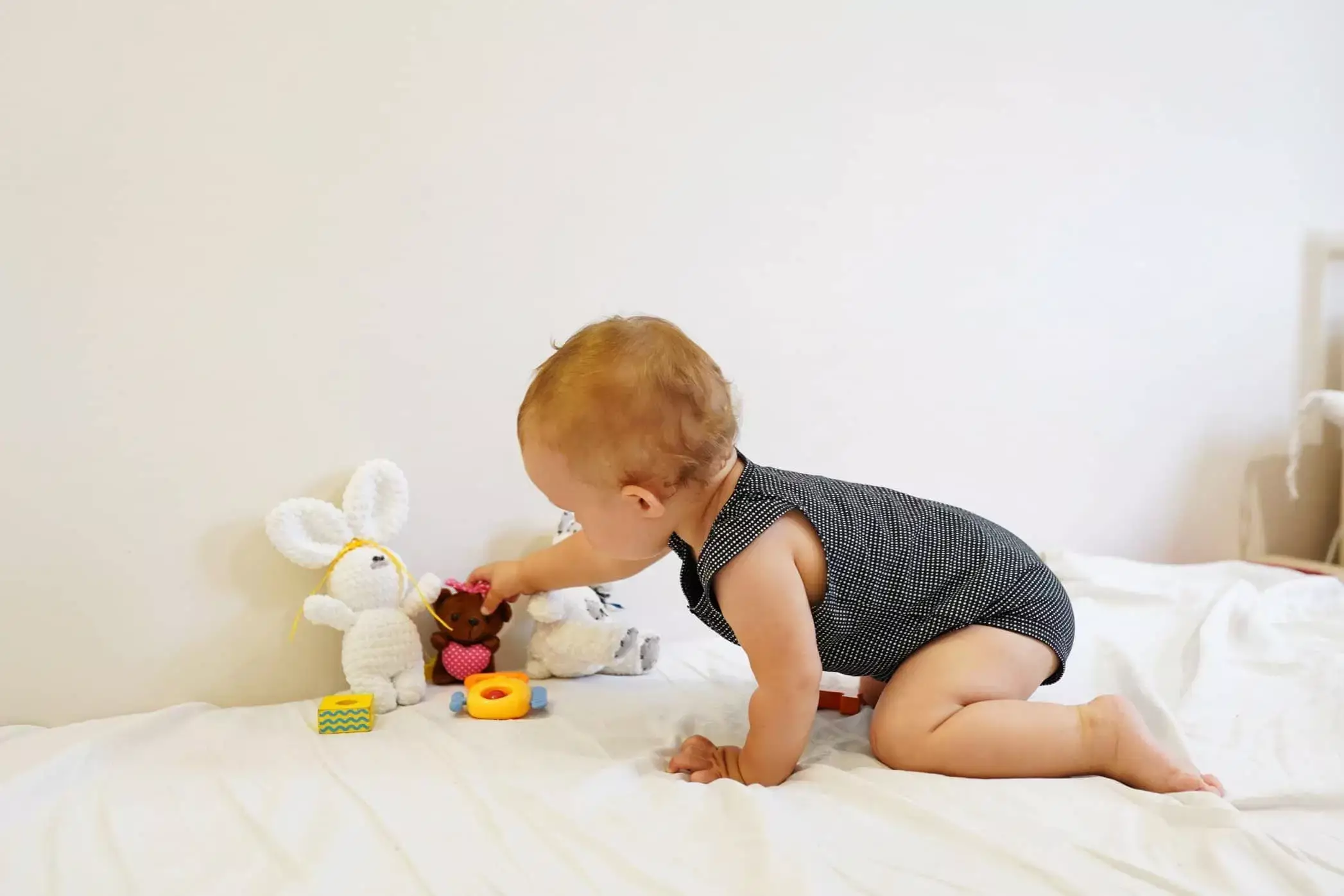As parents and caretakers navigate the sometimes overwhelming landscape of early childhood development, particularly during extended periods at home, the necessity for engaging activities that stimulate a baby’s growth becomes paramount. The search for developmental activities that are both entertaining and enriching can feel daunting. However, it’s worth noting that with a little creativity and a focus on the principles of Montessori education, you can uncover a treasure trove of activities geared toward stimulating your baby’s cognitive, sensory, and motor skills without requiring extensive material investment. This article highlights six engaging Montessori-inspired activities that can be integrated seamlessly into daily life with your little one, catering specifically to their varied developmental stages.
The Joy of Reading Together: Building Foundations Early
From the moment babies are born, reading to them can yield tremendous benefits in terms of language acquisition and emotional bonding. Curating a collection of appropriate books filled with realistic images and a limited word count is essential. The initial encounters should involve simple concepts and vivid visuals, progressively transitioning toward more complex narratives as the child grows. Establishing a daily reading habit provides not only an opportunity for connection between caregiver and child but also fosters a sense of security and comfort that can last a lifetime. This ritual serves as the cornerstone for cultivating a love for reading, making it an invaluable activity for any age—starting right from birth.
Exploring Sensory Play: Engaging the Five Senses
As babies develop, incorporating sensory play into their routines becomes critical for enhancing both gross and fine motor skills. For instance, during tummy time, caregivers can set up a simple yet exhilarating sensory station. A plastic bag filled with colorful liquids, soft materials, or even food items can become a source of exploration—providing diverse textures and colors for your baby to enjoy. By securely taping the bag to the floor, you invite your little one to explore while safely engaging their senses. As they interact with these new textures, they enhance their ability to connect tactile and auditory experiences. For an extra splash of excitement, consider placing a shallow layer of water on a baking sheet, offering swish and splash activities that are guaranteed to elicit giggles and sheer delight!
Once your baby reaches the age of 6 months, they can start to engage actively in simple clapping games. Using repetitive phrases and rhythm, such as “Clap and clap and clap and STOP!” encourages not only physical movement but also cognitive understanding of sequencing and timing. As babies begin to imitate your actions, they’re learning critical components of communication and social engagement. This immersion in rhythmic play not only nurtures motor skills but imparts crucial self-regulation lessons that will serve them well as they transition into the toddler years.
When infants have developed the ability to sit independently, it’s time to engage their curiosity further with activities that promote balance and coordination. Creating a vertical play experience by applying painter’s tape to a wall to display lightweight toys or fabric strips at their eye level challenges babies to reach upward. This activity not only strengthens their core and arm muscles but also fosters persistence and motor planning as they reach to grasp the objects. As they pull down the items, the act provides satisfaction and discovery, making it an enriching playtime experience that encourages both physical and cognitive growth.
Guiding Independent Mobility: The Art of Cruising
Around the age of nine months, babies begin to master pulling themselves upright, providing an excellent opportunity for cruising activities. By placing favored toys along furniture edges, you encourage your little one to strengthen their legs and coordination as they navigate between toys. This activity is critical for fine motor skill development, and the process of moving toward desired objects fosters independence and confidence. Adding family photos along the cruising path instills familiarity and recognition—a delightful aspect that promotes emotional development and connection.
Treasure Hunts: The Magic of Manipulation
As your baby becomes increasingly adept at hand-eye coordination, organizing a “treasure hunt” with small, safe containers can be mesmerizing. Choose a variety of boxes and pouches, focusing on those that are easy for little hands to open. As your child engages in picking up, shaking, and dumping these containers, they will uncover not just the joy of exploration, but also the mechanics of object manipulation. The evolving complexity of this activity can grow alongside your child, introducing variations such as twisting lids that further challenge their developing dexterity.
Embracing Montessori principles can instill a joyful and enriching learning environment for your baby, transforming playtime into meaningful developmental opportunities. By integrating these activities into daily life, caregivers can foster an atmosphere of growth, discovery, and significant bonding moments during the pivotal early stages of life.

